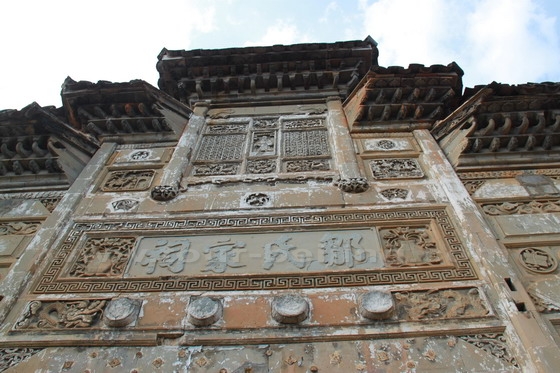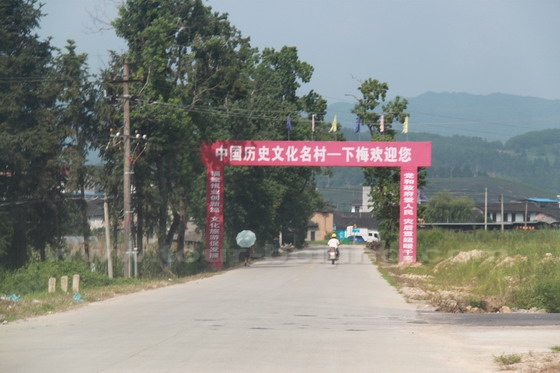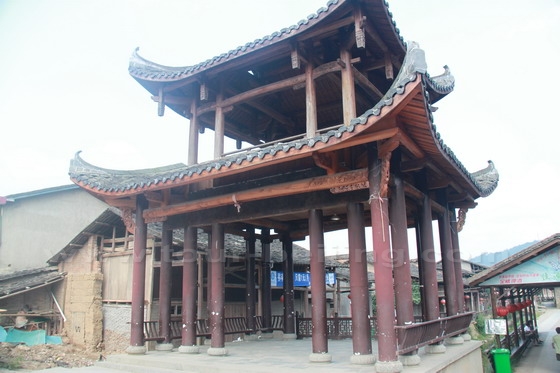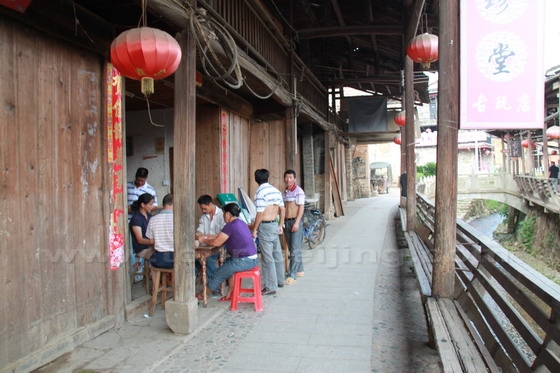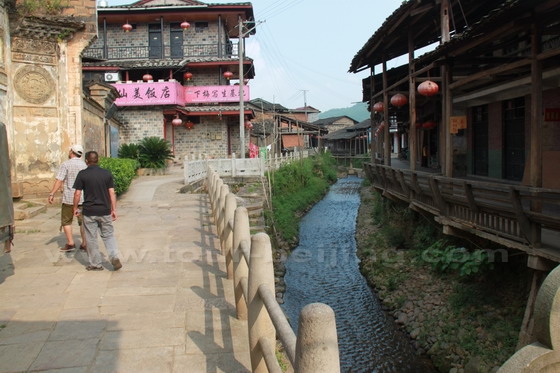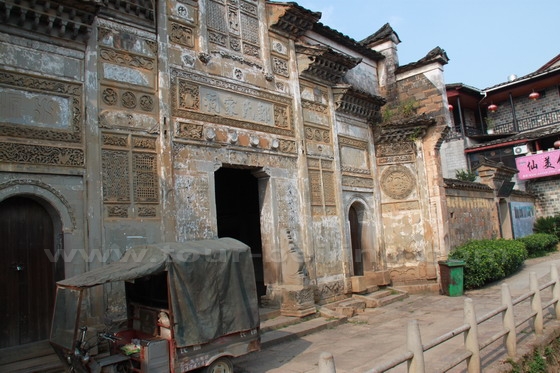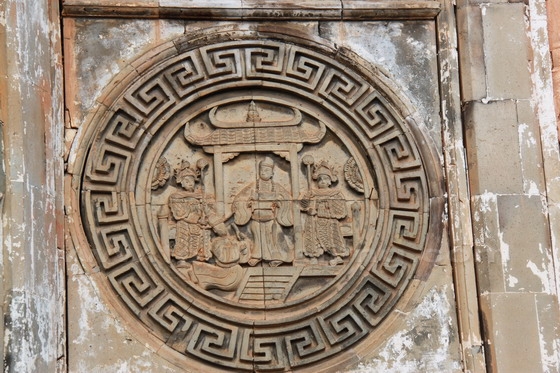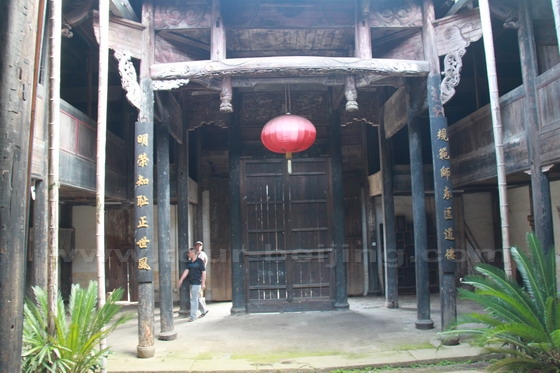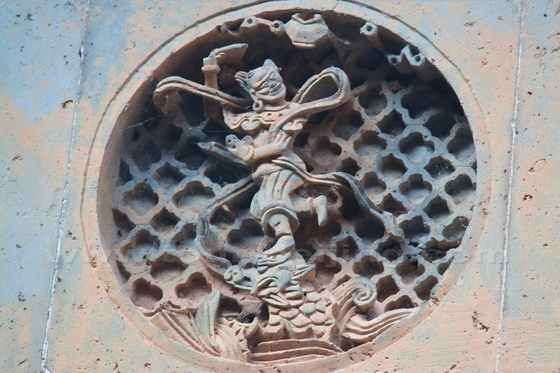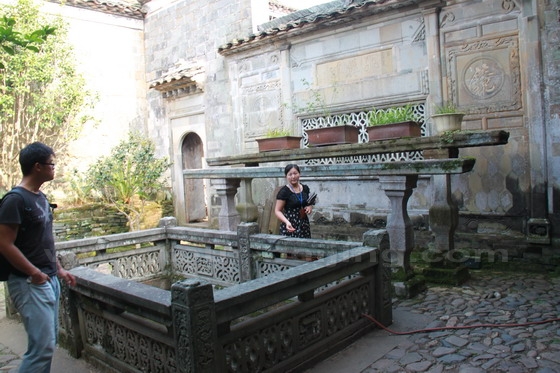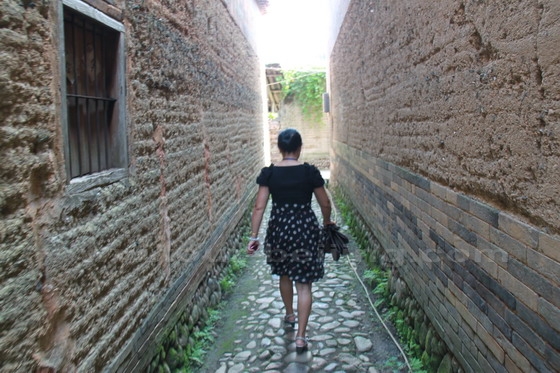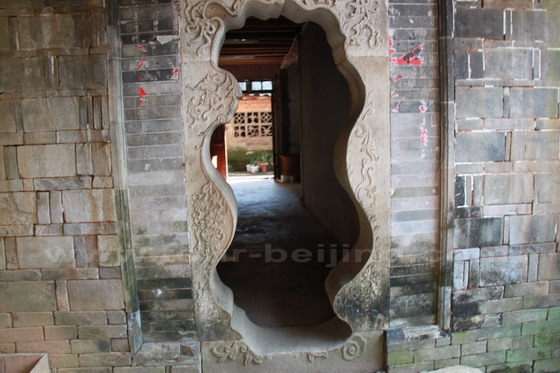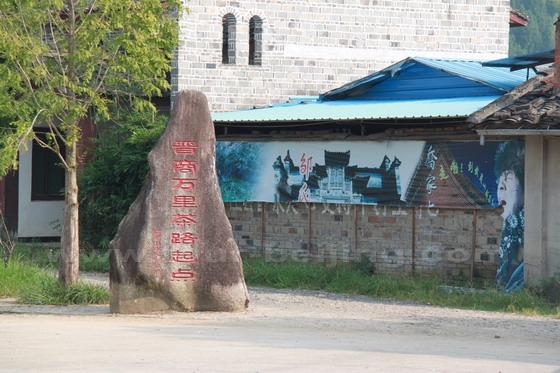Plan your trip to Wuyi Mountains? A half day side trip to the ancient Xiamei Village is highly recommended. As an important part of the World Natural and Cultural Heritage Site in Mount Wuyi, Xiamei Village was also listed as one of China’s Famous Villages with Historical and Cultural Significance on September 16, 2005.
During the reign of Xianping in Northern Song Dynasty (998AD), Xiamei Village became an administrative distrcit, a village in Chong’an County. In the later Ming Dynasty (1368-1644) and early Qing Dynasty (1644-1911), Xiamei Village had been developed into a tea marketing hub, a starting point of the Ancient Tea Road.
The Ancient Tea Road extended from northern Fujian to Moscow. In Ming and Qing dynasties, many merchants coming from the Shanxi Province who travelled here to buy tea leaves here and transfer them to the north, finally reaching Europe.
Today Xiamei Village is well known for its vernacular Ming and Qing Dwellings featuring exquisite brick, stone and wood carvings. A 900 meters long man made river winds cross the village from west to east, making a landscape of water and village in southern China.
Xiamei Village is located about 10km east of Mount Wuyi National Resort and 8km southeast of Wuyishan City. At the time of my writing, there are no shuttle buses connecting Xiamei Village to Wuyi Mountains National Resort or Wuyishan City. You may take a local taxi or minivan around RMB 30. You’d ask your taxi driver to wait for you on the return trip to your hotel since there is no public transport in the village.
You need to pay RMB 60 to visit the village as kinda of fund to support the village. Most of the young people have left from the village for bigger cities. We don’t know how long the ancient village can sustain. A Chinese speaking tour guide will be offered to show you around in case you are lost in the maze of the village.
We are about to enter the Xiamei Village. The banner says you are welcome to Xiamei Village, a China’s Famous Villages with Historical and Cultural Significance.
Welcome to Xiamei Village
We are in the village and on the way to the old part of the village starting with the the Ancestor Bridge.
This is the Ancestor Bridge over the 900m river known as the Dangxi River running through the village from west to east. It is now a two-story wooden structure with four upturned eaves.
These are the main ancient streets flanking the Dangxi River, the 900m river running through the village from west to east. By the river, the locals built long benches with wooden planks against the railings which have a beautiful name -“Beauty’s Backrest”. On these benches, the villagers have a rest, chating and drinking in leisure time.
The local villagers are playing cards.
This is the entrance to Zou’s Ancestral Temple, the largest and most elegant building in the village. In northern Fujian during the Qing Dynasty (1644-1911), the Zou clan was known for its wealth.
Most of the local merchants were from the Zou clan. Xiamei Village was a place of many tea markets, and each day three hundred rafts transfered here to transport tea leaves to other places in northern China and Europe in the ancient time.
